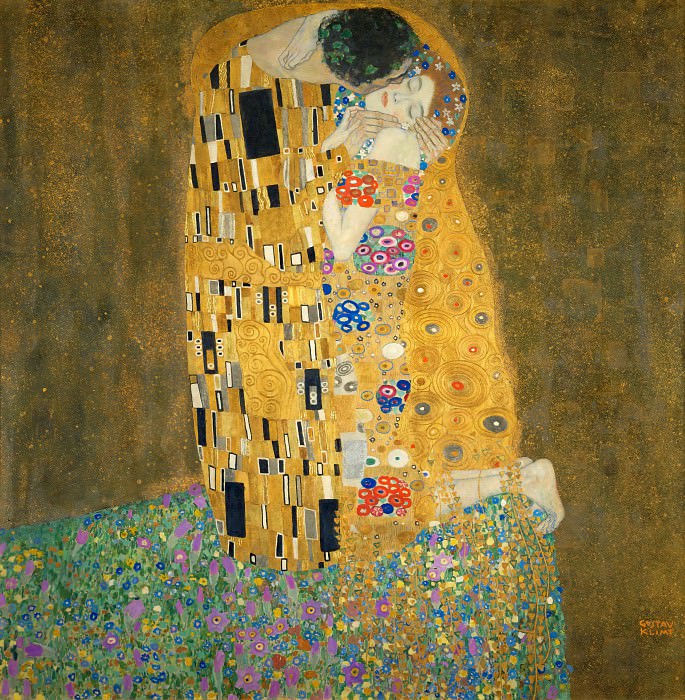Understanding Appropriation Art
Appropriation art is an artistic practice that involves borrowing elements from existing artworks, cultural icons, or everyday objects to create new pieces with altered meanings. This practice questions originality, authorship, and the value of art, pushing the boundaries of what is considered art and who can create it. Originating in the 20th century, appropriation art has become a significant movement that challenges conventional perceptions of creativity and intellectual property.
Historical Background
The roots of appropriation art can be traced back to the early 20th century with the advent of Dadaism and Surrealism. Artists like Marcel Duchamp and Salvador Dalí used everyday objects and recontextualized them in ways that defied traditional artistic norms. Duchamp's "Fountain," a porcelain urinal signed "R. Mutt," is one of the most iconic examples of early appropriation. This piece questioned the very nature of art and the role of the artist, setting the stage for future appropriation artists.
In the 1950s and 1960s, Pop Art further embraced appropriation with artists like Andy Warhol and Roy Lichtenstein. Warhol's use of commercial imagery, such as Campbell's soup cans and Marilyn Monroe's portrait, blurred the lines between high art and popular culture. Lichtenstein's comic strip paintings appropriated the visual language of mass media, elevating it to the realm of fine art.
Key Concepts and Techniques
Appropriation art involves various techniques, including collage, assemblage, and recontextualization. Collage combines different visual elements from various sources into a cohesive whole. Assemblage uses three-dimensional objects to create new meanings. Recontextualization places familiar objects or images in new settings, altering their original significance.
One of the fundamental concepts of appropriation art is the idea of "readymade" objects, introduced by Duchamp. These are ordinary objects that are designated as art simply by the artist's choice and presentation. This concept challenges traditional notions of artistic skill and creativity, suggesting that the artist's vision and intention are what make an object art.
Notable Appropriation Artists
Several artists have become synonymous with appropriation art, each bringing their unique perspective to the practice.
Andy Warhol
Warhol's work epitomizes appropriation in the context of consumer culture. His screen-printed images of celebrities and consumer goods critique the mass production and commodification of culture. By repeating these images, Warhol questions the originality and authenticity of both the subjects and the artworks themselves.
Sherrie Levine
Levine's work directly confronts the idea of authorship and originality. In her series "After Walker Evans," she re-photographed images by the famous photographer and presented them as her own. This act challenges the notion of the artist as a sole creator and explores the fluidity of artistic ownership.
Richard Prince
Prince is known for re-photographing advertisements and other media images. His "Cowboy" series, which appropriates Marlboro cigarette ads, critiques the romanticized image of the American cowboy while also questioning the boundaries of artistic originality and copyright.
Legal and Ethical Considerations
Appropriation art often navigates a complex landscape of legal and ethical issues. The practice of borrowing elements from existing works raises questions about copyright infringement and intellectual property. Artists must balance the desire to critique and transform with the potential legal ramifications of their work.
The landmark case involving Jeff Koons, who was sued for copyright infringement by photographer Art Rogers, highlights these challenges. Koons had used Rogers' photograph as the basis for a sculpture without permission, leading to a significant legal battle. This case and others like it underscore the need for appropriation artists to navigate the fine line between inspiration and infringement.
Cultural Impact and Criticism
Appropriation art has had a profound impact on contemporary art, challenging viewers to reconsider the nature of creativity and the role of the artist. However, it has also faced criticism. Some argue that appropriation can be a form of cultural theft, particularly when it involves the use of imagery or artifacts from marginalized cultures. This critique emphasizes the importance of context and sensitivity in the practice of appropriation.
The Future of Appropriation Art
As digital technology continues to evolve, appropriation art is finding new forms and platforms. The internet provides a vast repository of images and media that artists can draw from, expanding the possibilities for appropriation. However, this also raises new questions about digital copyright and the ethics of online content usage.
In the digital age, appropriation art can take the form of memes, remix culture, and digital collages. These contemporary expressions continue to explore themes of authorship, originality, and the democratization of art. Artists like Shepard Fairey, known for his iconic "Hope" poster of Barack Obama, exemplify the blend of traditional and digital appropriation techniques.
Conclusion
Appropriation art remains a dynamic and provocative field within contemporary art. It challenges traditional notions of creativity, authorship, and intellectual property, prompting both admiration and controversy. As society and technology evolve, appropriation art will continue to adapt, offering new ways to question and reinterpret the visual culture that surrounds us. The ongoing dialogue between artists, audiences, and legal systems ensures that appropriation art will remain a vital and contested practice in the art world.



